 |
Get it here! SAVE MONEY |
||||||
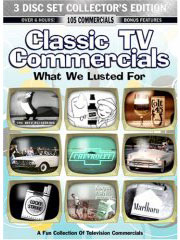 |
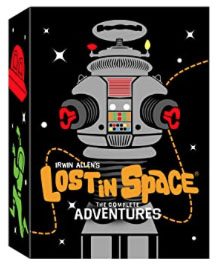 |
 |
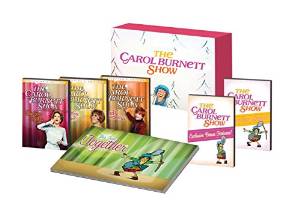 |
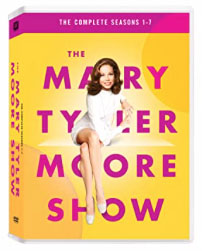 |
 |
||
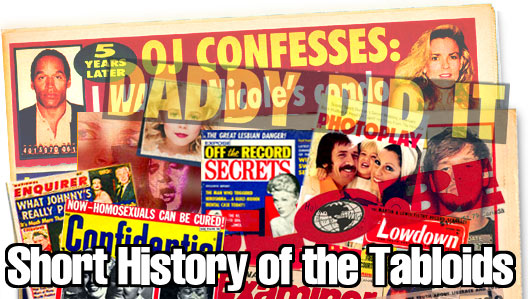 55+ Years of the National Enquirer by Billy Ingram
Pope immediately changed the focus of the tabloid format paper from thoroughbreds to the bizarre and grisly. Blood and guts dominated the weekly with features like "I Cut Out Her Heart And Stomped On It!" and "I Ate My Baby!" The Enquirer's circulation quickly rose to a million copies a week in the fifties thanks to their revolutionary distribution system that reached into neighborhood grocery stores all over America.In the early days, Enquirer staffers were infamous for fabricating incredible stories to create sales enticing headlines, attracting customers that still held the naïve belief that 'they couldn't print it if it wasn't true'. (Some people are still duped in this way by TV shows masquerading as news like the Glenn Beck and Sean Hannity programs on Fox News.)
Reporters would pose as bellboys, cops, funeral workers or whatever the situation called for to get a scoop on these stars - and if they couldn't get a good story legitimately, they frequently just made them up. In 1968, Pope overhauled the magazine to make the National Enquirer more appealing to mainstream Americans, downplaying the weird sex and gore - emphasizing instead upbeat stories, supernatural phenomenon, miracle diets and lots more celebrity gossip. Pope also relocated the magazine's editorial offices from New York City to Lantana, Florida (near Palm Beach). Circulation jumped to three million.
And the readers loved it. Trouble was, Judy headlines sold a lot of papers on a regular basis - now that she was gone, the weeklies found themselves with fewer and fewer living scandal-magnets to exploit.
As the seventies unfolded, competition in the form of slick magazines like Screen Stars and Photoplay was hurting sales as the Enquirer struggled to find its identity in a more modern, media-savvy world. Credibility
was becoming an issue for the tabloid industry as well - the public generally
knew by then that the tabloids made up stories, or based articles on the
flimsiest evidence to get a sensational headline. When customers bought
up the papers, they'd find themselves tricked again by another phony headline;
sales slumped as a result.
THE
NEW ERA With a highly-rated summer television show and top-forty hits that started to take off in 1972, the whole country fell in love with the musical couple. They were so popular that Cher had four careers going at once - star of a TV series, huge hit records as part of a duo, hit records as a solo act, and her own doll making a dent in 'Barbie' sales. Sure, Sonny and Cher had been pop stars during the mid-Sixties, but they were too 'square' for the tabloids then. This was a new Sonny and Cher, one the public knew little about. The Enquirer sold big when they featured Cher on the covers as a bead-encrusted, trailer-park Cleopatra. Bored with reading glowing stories about Elvis? No problem, the tabloids reasoned, we'll write them about Sonny and Cher and how much in love they are! The Enquirer (and others) mostly ran with public relations, fluff stories at first - about how happy and rich the couple was. With Sonny and Cher's weekly television show getting more and more popular, issues featuring the couple on the cover flew off the racks. Luckily (for the tabloid publishers), there were problems coming to light between the two stars almost immediately - which seems only natural, considering the stress of a runaway hit television series along with a hectic recording/touring schedule.
So much so, there were a half dozen tabloid papers crowding supermarket newsstands by 1974 - including rival Rupert Murdock's National Star, a full color tabloid launched that year with a $6 million publicity blitz. Supermarkets opened up space around their checkout stands to display new publications when People and US magazines were unleashed in 1974 based on the demand for stories about stars like Sonny and Cher. Particularly Cher, because she was leading a roller coaster life - at least according to the Enquirer, comfortably selling around five million copies each week by that point.
Just throw in a few other bizarre details, true or not, it didn't matter - because it's perfectly legal to print just about anything you like about a celebrity.
NEXT: |
"I'd
much rather be Robert Redford, who doesn't get everything he does examined
so closely, but I'm not. Unfortunately, this is my life in show
business. Sometimes it hurts you, but there's not very much you can
do about it. Also, I think the press hasn't been so unkind to me - they
could have been a lot worse." - Cher in 1980.
"Isn't
it about time we banded together to get rid of that piece of garbage?"
- Larry Hagman
on the National Enquirer DID
YOU KNOW?
The Weekly World News (with stories rejected from the Enquirer) was launched when The National Enquirer went to color - so the Enquirer's old black and white presses could stay busy. Thanks to Justin Kaplowitz for video clips! TV on DVD / /Holiday Specials on DVD / /TV Commercials on DVD
Please consider a donation
so we can continue this work!
Amazon Prime - unlimited streaming PR4 & PR5 Pages for Advertising
|
|
 |
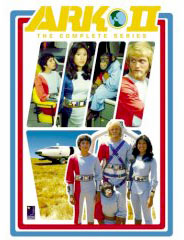 |
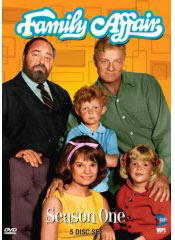 |
 |
 |
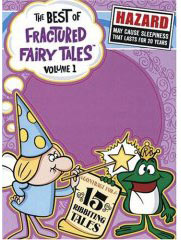 |
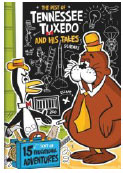 |
|
||||||||||||||
| Everything
you're looking for is right here: Save money! |